A guy from our club invited me to go to Gilling East to the Ryedale Society of Model Engineers' track there where he was invited to run his loco. It's 3 gauges - 3 1/2", 5" and 7 1/4" the same as our club but ground level with points / sidings, working signals etc. Very nice layout and some nice club buildings. There weren't a great deal of locos there due to the weather, actually I should have got some more pics though, there were a couple of large 5" tender locos which I missed. A Britannia and something else.
This is a Sweet Pea (5" narrow gauge) the same as what I am 'making'!
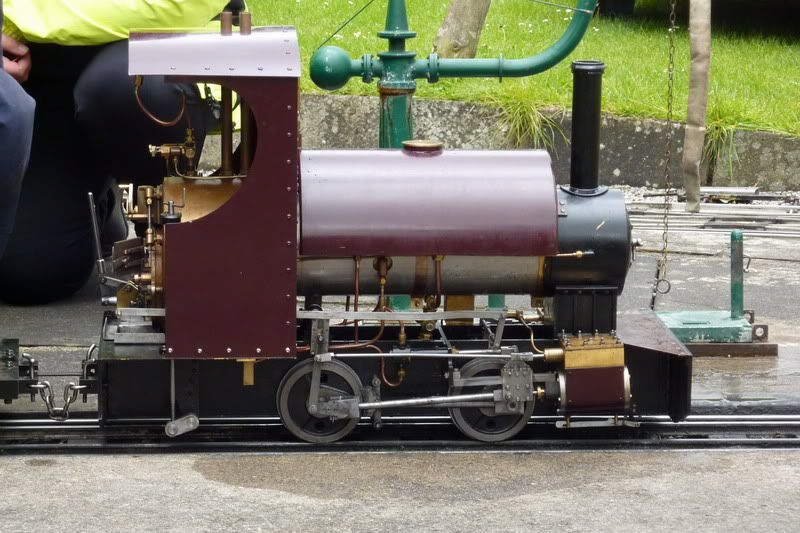
A large 7 1/4" tender engine (not sure what!) with loads of power! It wasn't trying at all pulling those two coaches full.
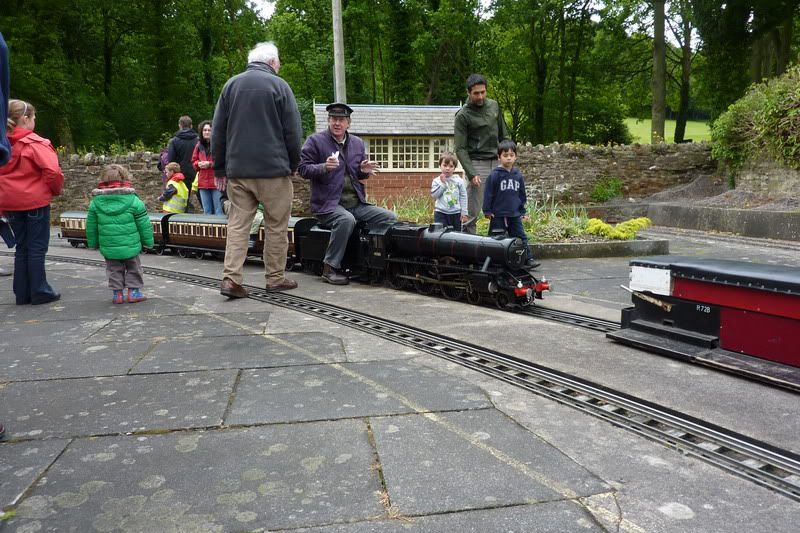
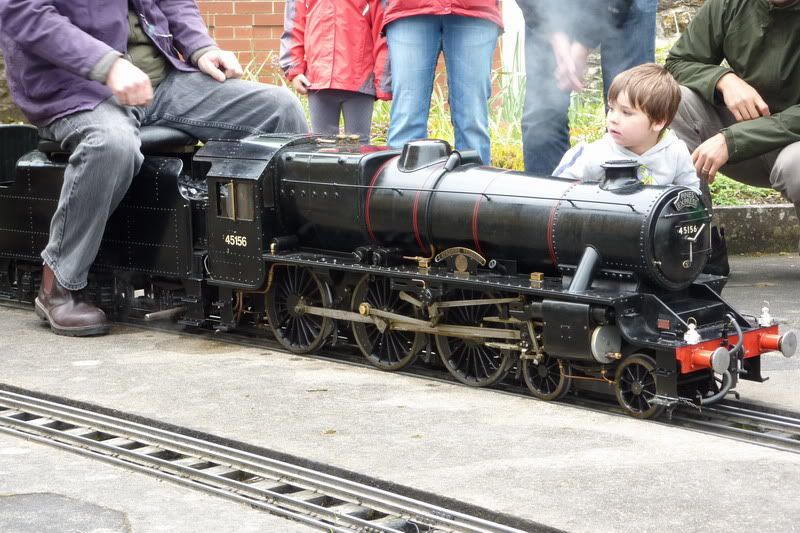
Here is my friend's 3 1/2" County Class loco

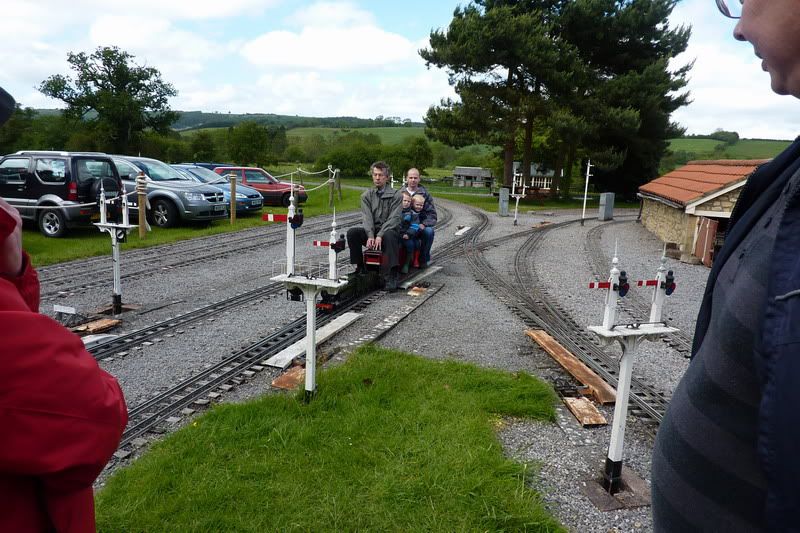
Even got the wife on!
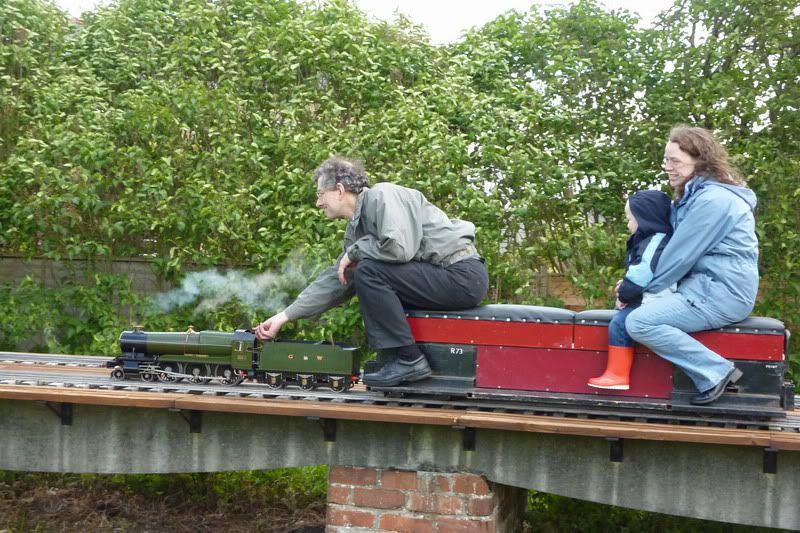
He insisted I had a drive too but she forgot to get pics of that

It had a surprising amount of power though, pulling me and him up the steep gradient with 40 psi! Yeah, I know I shouldn't have let it get that bad!

Despite the weather, it was a good day and I'd recommend others to go and have a look. They run every Sunday except those not stated on the website. They also have main-line rally days twice a year which sound really good.
http://www.rsme.org.uk/Nick